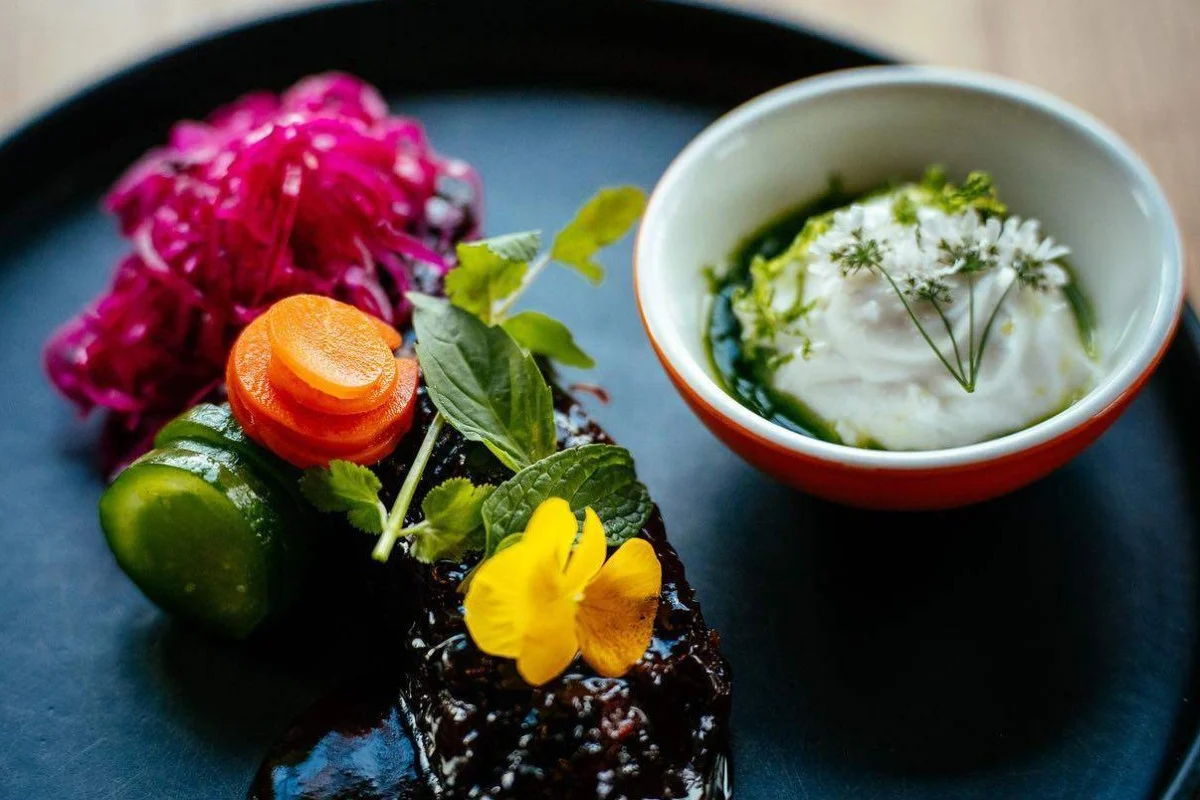The inclusion of Colorado in the Michelin Guide, renowned for its selective and coveted restaurant accolades, marked an intriguing moment in the US culinary scene. Five distinguished establishments across various cities, including Denver, Boulder, and Aspen, have been gracefully adorned with stars, amplifying Colorado’s culinary prestige on the international stage.
Denver, the capital and most populous city of Colorado, has emerged as a vibrant focal point in this new gastronomic narrative, housing three of the five Michelin-starred establishments. With a distinctive charm, it serves not just as a hub for exquisite dining but also as a starting point for culinary explorers who might wish to traverse to other starred destinations in Boulder and Aspen.
Frasca Food and Wine in Boulder has been a long-standing beacon of culinary innovation, with its intriguing renditions of Northern Italian cuisine delighting patrons for 19 years. The restaurant’s recognition from Michelin has been seen by many as a well-deserved nod to its consistent quality and inventive approach, all while curating one of the nation’s most thoughtful wine lists. Frasca’s tantalizing offerings, such as risotto crafted with meticulously aged Carnaroli rice and a succulent New York strip steak accented with horseradish, beautifully encapsulate its culinary philosophy, underlining high-quality ingredients and a deft touch in execution.
In contrast, Brutø in Denver, captained by Chef Michael Diaz de Leon, intrigues with its bold, Latin American-infused tasting menus, ensuring a captivating culinary journey that harmoniously blends tradition with contemporaneity. The chef’s deft hands craft everything from inventive tacos, filled with the freshest catches of the day, to a unique white Sonora fettuccine, enlivened by the spicy notes of salsa macha. Notably, Brutø also received a Michelin Green star, underscoring its dedicated initiatives towards sustainability, a recognition that is not counted towards the overall star tally but is equally commendable.
Simultaneously, the guide brought into focus the versatile offerings of The Wolf’s Tailor in Denver, which was lauded not only for its culinary prowess but also for its unwavering commitment to sustainability, as it also scooped up both a conventional Michelin star and a Green star. The restaurant, which melds diverse international flavors and techniques with a staunch zero-waste policy, tantalizes palates with creations like lamb’s neck paired with a tamarind sweet soy, prepared meticulously on a robata grill.
Despite these celebrations, Michelin’s presence in Colorado has brought with it pertinent questions regarding what constitutes a restaurant’s worthiness for the esteemed stars and the continuing relevance of such accolades in today’s multifaceted dining scene. Furthermore, the financial arrangements between Michelin and local tourism agencies, such as the Colorado Tourism Office and several city agencies, have raised eyebrows and drawn attention to the fiscal dynamics that influence Michelin’s geographic expansions.
Local eateries, irrespective of their Michelin star status, continue to engage and enchant visitors and locals alike, weaving an intricate tapestry that speaks to Colorado’s rich, multifaceted culinary heritage and future. While some cities within Colorado, such as Beaver Creek, did not witness their restaurants being graced with Michelin stars, the “recommended” list has spotlighted several establishments, ensuring that their efforts in the realm of well-crafted cuisine do not go unnoticed.
With the expansion of Michelin guides into new territories, such as the upcoming first edition for Atlanta, the gastronomic world watches with bated breath and a sprinkle of skepticism, pondering the long-term impact and evolving significance of the century-old star system in a world where culinary landscapes are ever-changing and diversifying. In the middle of it all, chefs and restaurant owners, from the starred establishments of Colorado to those hopeful for future recognition, continue their passionate pursuits, endeavoring to create memorable, joyous experiences around the table.
This vivid picture, painted by the diverse culinary offerings and juxtaposed against the backdrop of Michelin’s recognition and criticisms, portrays a dynamically evolving gastronomy scene in Colorado, where tradition, innovation, and multifaceted narratives coalesce, forging a future that is as unpredictable as it is tantalizing.
READ MORE:
